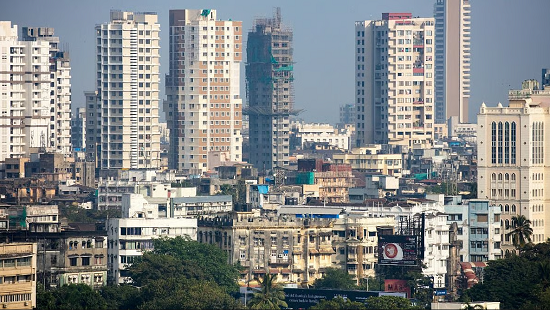
Maharashtra’s Vertical Property Revolution: Flat Owners to Finally Get Their Own Property Cards
Ownership in India has often been horizontal — measured by the square feet we occupy, not the sky we live under. But Maharashtra’s new initiative aims to change that geometry of ownership. The state government’s decision to introduce Vertical Property Rules could redefine how property rights are recorded, recognised, and respected — especially for millions of urban flat owners who have, until now, lived in legal anonymity.
For decades, Maharashtra’s 7/12 extracts and property cards have reflected the name of the landowner — a builder, housing society, or development body — but not the names of individual apartment owners. This administrative gap has left flat owners in a peculiar situation: they own homes but remain invisible in the government’s core land registry. Now, the state is moving decisively to correct this imbalance.
A Panel to Rewrite Property Governance
An eight-member committee headed by Vikas Kharge, Additional Chief Secretary (Revenue), has been constituted to draft the new Vertical Property Rules. The committee includes representatives from key departments — Cooperation, Urban Development, Law and Judiciary, and Rural Development — as well as senior officials like the Settlement Commissioner, Director of Land Records, and Inspector General of Registration and Stamps.
Their task: study existing frameworks in other states, review earlier proposals, and draft the blueprint for Maharashtra’s vertical property law within a month. Once implemented, this legal structure will allow each flat owner’s name to appear directly in official records — an idea that brings transparency and empowerment in equal measure.
Why This Matters
The reform may sound technical, but its implications are transformative. For thousands of citizens, especially in Mumbai, Pune, Thane, and Nagpur, property cards are proof of ownership, identity, and creditworthiness. Banks, insurers, and municipal bodies rely on them for verification. Without individual entries, flat owners often face hurdles in loan approvals, inheritance transfers, or redevelopment negotiations.
This initiative doesn’t just simplify paperwork — it restores agency to the homeowner. It ensures that ownership extends beyond the builder’s agreement or society’s records to the state’s own land registry, the ultimate proof of legitimacy.
Balancing Rights and Responsibilities
In policy terms, the move reflects a deeper shift toward citizen-centric land governance. By bringing vertical ownership into the legal mainstream, the government acknowledges how India’s housing has evolved — from sprawling plots to stacked apartments.
The proposed model also creates a digital and legal trail for ownership, reducing disputes and ambiguities. When each flat is clearly mapped and recorded, redevelopment, taxation, and resale processes become more transparent and efficient. It’s a reform that strengthens both markets and trust.
Challenges Ahead
As with any reform in India’s complex land ecosystem, execution will be the true test. Integrating millions of existing flats into a unified database will require coordination between municipal bodies, registration offices, and land records departments. Questions about shared areas, parking rights, and society-owned spaces will need careful rule-making.
Yet, Maharashtra’s administrative experience gives it an edge. The state pioneered property card digitisation and online mutation tracking. Extending that legacy to vertical property records could make it a national model for transparent urban ownership.
Beyond Paperwork: A New Urban Compact
In essence, the government’s move is not just about property cards — it’s about redefining the relationship between citizens and the state. By recognising individual ownership within collective structures, Maharashtra is bridging the gap between old land laws and new urban realities.
As India’s cities continue to grow vertically, this initiative ensures that governance does too. It turns invisible homeowners into recognised citizens of the legal grid — a quiet but powerful revolution in the way we define home, ownership, and belonging.





